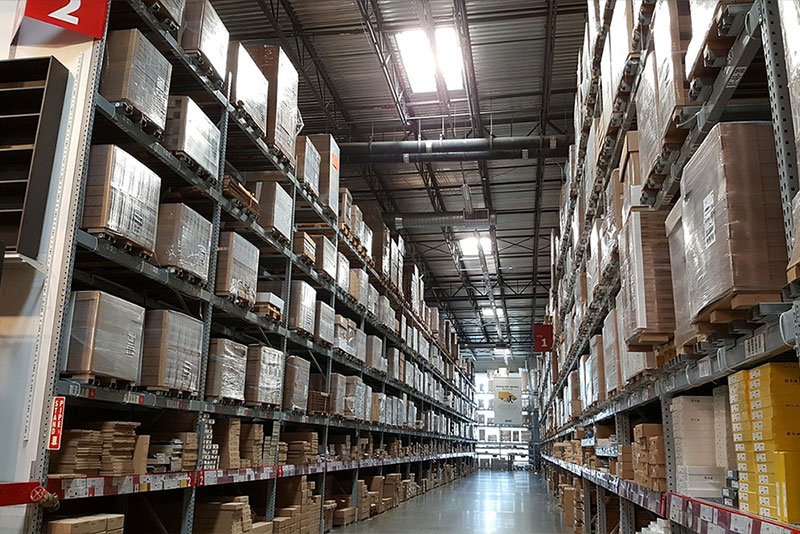Dropshipping has revolutionized the way businesses manage inventory and fulfill customer orders. Unlike traditional retail models, dropshipping allows retailers to sell products without keeping them in stock. Instead, when a retailer sells a product, they purchase the item from a third party and have it shipped directly to the customer.

While dropshipping offers numerous advantages such as lower startup costs and reduced inventory risk, it also presents unique challenges, particularly in warehousing and logistics. Here, we explore the warehousing solutions tailored for handling dropshipping operations.

1. **Virtual Warehousing:**
Virtual warehousing is a solution where retailers partner with third-party logistics (3PL) providers who maintain extensive networks of warehouses. These warehouses are strategically located to ensure fast and cost-effective shipping to customers worldwide. By leveraging virtual warehousing, retailers can expand their product offerings without the overhead costs of maintaining physical inventory.2. **On-Demand Warehousing:**
On-demand warehousing platforms connect retailers with warehouse space providers on a flexible, as-needed basis. This solution is ideal for dropshippers experiencing seasonal or fluctuating demand. It allows retailers to scale their warehousing space up or down based on current inventory levels and sales volume, thereby optimizing costs and efficiency.3. **Cross-Docking:**
Cross-docking is a logistics practice where products from suppliers are unloaded from inbound vehicles and directly loaded onto outbound vehicles with minimal handling and storage time. This strategy reduces warehousing costs and speeds up order fulfillment for dropshippers by eliminating the need for long-term storage.4. **Inventory Management Systems:**
Effective inventory management systems are crucial for dropshipping success. These systems use advanced algorithms to track real-time inventory levels across multiple suppliers and warehouses. By integrating with suppliers' systems, retailers can automate order processing and ensure accurate stock levels, thereby reducing the risk of overselling or stockouts.5. **Supplier Collaboration:**
Collaborating closely with suppliers is essential for efficient dropshipping operations. By establishing clear communication channels and sharing sales forecasts, retailers can minimize lead times and ensure timely order fulfillment. Moreover, negotiating favorable terms with suppliers can lead to better pricing and improved overall supply chain efficiency.In conclusion, while dropshipping offers a streamlined approach to retailing, selecting the right warehousing solutions is critical to meeting customer expectations and maintaining competitiveness. Whether through virtual warehousing, on-demand solutions, cross-docking, advanced inventory management systems, or strategic supplier collaboration, each approach plays a vital role in optimizing logistics and enhancing the customer experience.